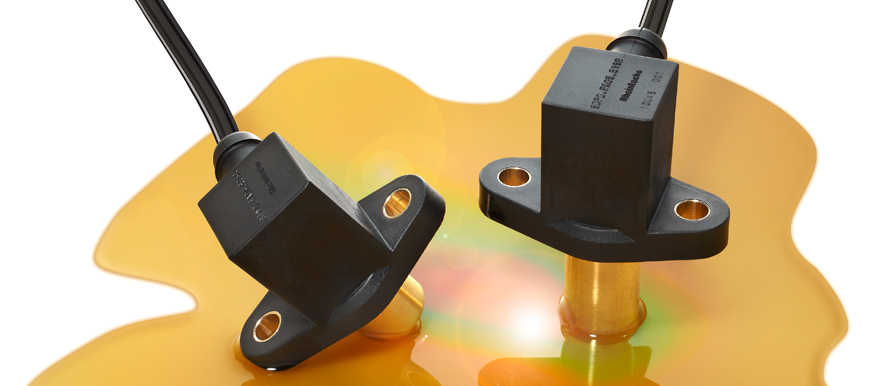Rotation speed sensors of the FA series – Sensors outlast hurricane

Among other things, two 250t flatbed transporter trucks located at that time in the port were completely submerged by sea water. The transporters remained there for over a year until insurance companies had handled matters. The company Sierra Equipment acquired the two vehicles and attempted to repair them. However, it soon became apparent that all the electrics and electronic systems were so severely damaged that repair was pointless. Switchboards and cabinets were filled with mud and water, contacts and terminals were corroded and controls were unusable.
It was decided to completely rebuild the entire control system (by replacing the entire cabling, electronics and sensors).
This work then revealed the astounding fact that not all electronics had been affected. The service engineers found two small components that had withstood even these most extreme conditions, one of them being rotation speed sensors of the FA series from RHEINTACHO.
The rotation speed sensors of the FA series from RHEINTACHO are predominantly used in so-called “heavy-duty” applications in mobile hydraulics. In order to cope with the demanding environmental conditions that predominate here (even without hurricanes!), the sensors from this production series are equipped with extremely resistant single-strand waterproofing. This type of waterproofing is unique in the world when it comes to rotation speed sensors. As such, the technology clearly demonstrated its effectiveness during this natural disaster.
FA sensors are 2-channel differential-hall effect sensors and are used to record the speed and direction of rotation. Depending on the sensor type, the information on the direction of rotation is output either as a second phase-shifted signal or as a digital signal. The sensors are specified to IP69K and are available in different varieties (insertion depth, cable length, etc.).
This extreme application example shows the enormous reliability and robustness of rotation sensors, an outstanding feature that applies to all sensors developed by RHEINTACHO.
Prominent clients rely on the decades of experience, continuity and reliability offered by RHEINTACHO in the development and manufacture of customer-specific rotation sensors.
The press release and further releases can be downloaded here:
